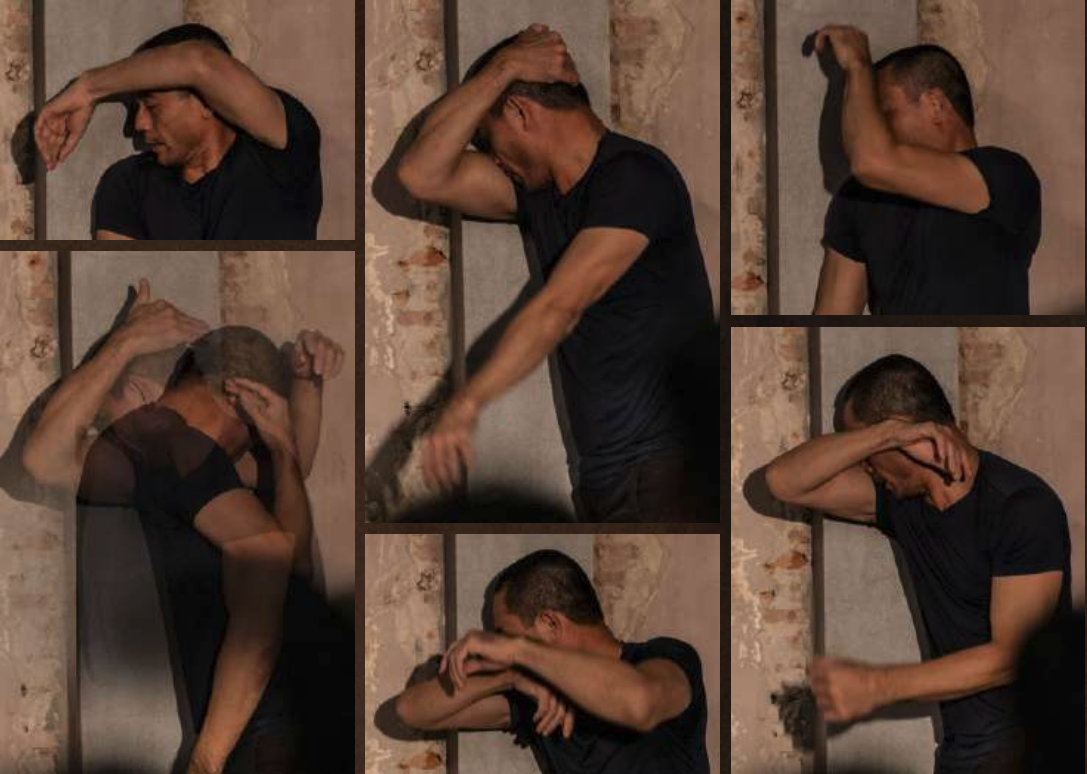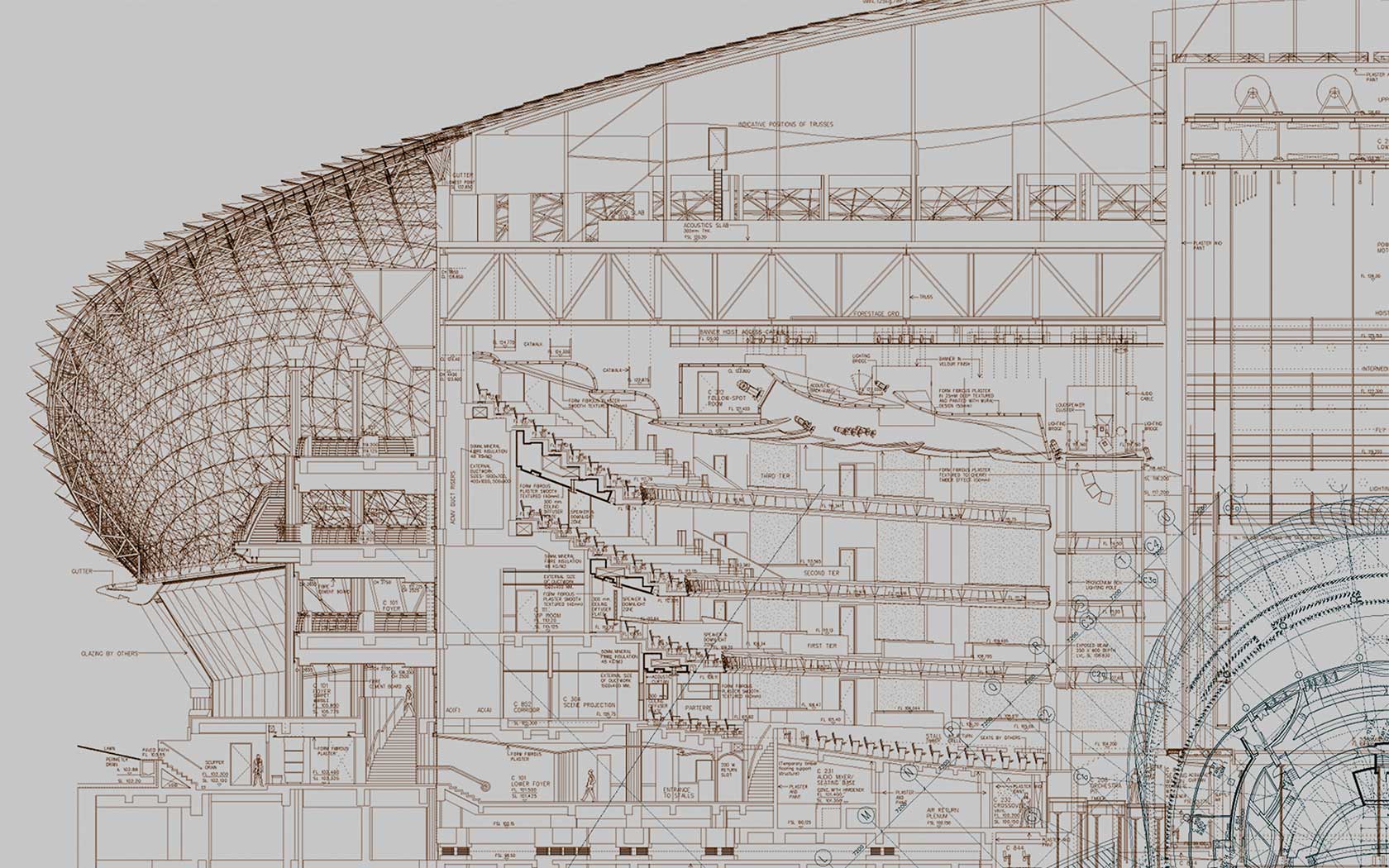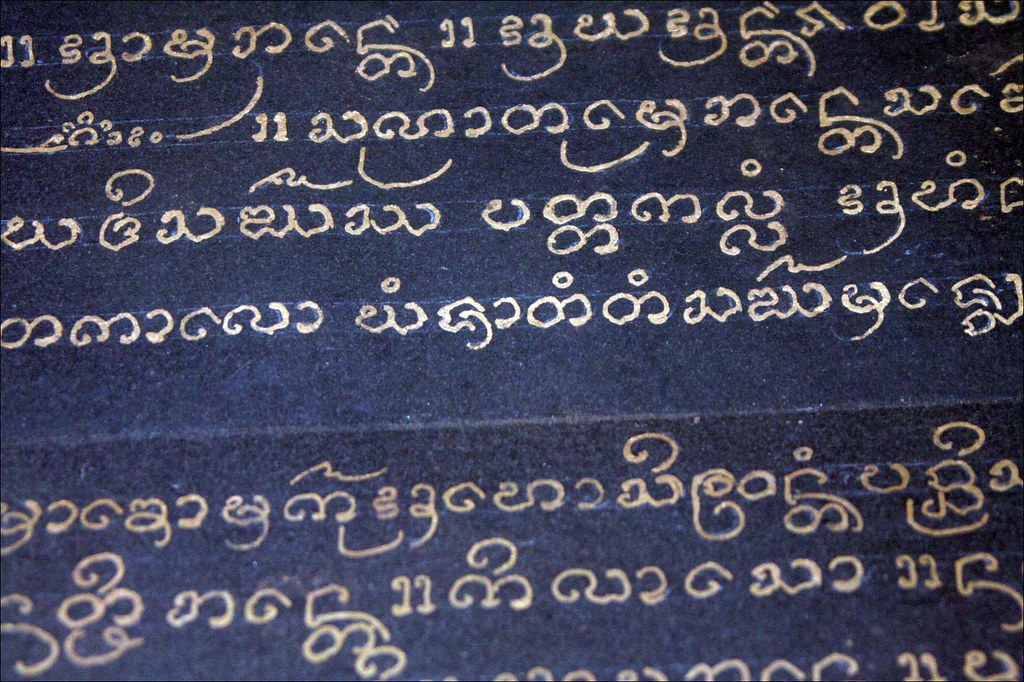I Saw Chapter 2 and I Can't Wait for Chapter 3
A Thai dancer, a chat window, and the most compelling case for human-AI collaboration I've seen on stage. This is what augmentation looks like when it's done right.

Pichet Klunchun from Thailand gave me and a small group of people an experience I’m going to talk about for a long time.
Look, everything started when my wife asked me, “Would you like to go see a play? A guy is doing something with Tai Chi and AI.” Immediately I thought to myself, I want to see that—it makes no sense at all. And either way, I love performances of any kind. I didn’t ponder it much. She got the tickets and that was it.
The Walk to Esplanade
On Sunday, the day of the performance, we decided to walk. Because regardless of the hot weather, this is Singapore—you can connect extensive kilometers of malls and underpasses, enjoying the cooling airs of the indoors.
The Esplanade is an amazing place. The building itself is incredible, the events are diverse and frequent. I wish I could go more often. Chapter 2 was showing at the Annexe—small audience. For me, that means better bonding with the artist. A more personal, intimate experience.

Something Felt Off
We take our seats. The stage is quite simple: a desk with a laptop on one side, a huge projector screen in the middle.
Something didn’t feel right. I was supposed to see an artist perform. Instead, it felt like I was waiting for an IT security training to begin.
What was going on?
Pichet walks out and silently takes his seat at the desk. Opens the laptop. On the screen, we see a massive and recognizable chat window: ChatGPT-5. Then he starts typing in Thai.
At that point, I must admit, I felt uncomfortable.
There’s something about watching someone interact with a chat window. The sound of a muted keyboard. The letters coming one by one. The back and forth when the writer makes a mistake. That special moment when the message is sent—the expectation of a reply.

Added to all these nuances was the fact that Pichet was writing in Thai. I love Thai script. Everything about it. I don’t understand a single thing, so I just focus on appreciating the aesthetics of it—the lines and wiggles, the ups and the downs.
The Hook
Pichet got my full attention when he asked the AI about a dream he had last night. He dreamt about an old teacher of his, passed long ago, and asked what it meant. The AI gave an explanation about how dreams are actually about internal thoughts and emotions rather than external factors.
Here’s the thing: no matter how it developed further, Pichet had hooked me.
He wasn’t using AI as a prop to decorate his art. He was using AI as a collaborator—as an actor playing a character in his play.
And honestly? He hooked me completely.
What Came After
What came after was incredible. Through his dialogue, Pichet managed to set the context for a fantastic tale—a mythological interpretation of dreams, translated directly to his own experience.
You see, Pichet had a terrible back injury and a difficult journey to recovery. Probably an even more difficult path to get back to his craft. And in his pain, through recovery, he found a new language of movement. A new way to give audiences an incredible experience.
The show continued in blocks: dialogue with AI, then Pichet’s dance performances. From classical to modern. Each one more captivating than the previous, taking us—the audience—to a place I’d dreamt before but never quite seen.
The Augmented Artist
Pichet is The Augmented Artist.
And I’m really happy to have met him.
Seen something that blurred the lines between human and AI in ways that surprised you? I want to hear about it. Let’s keep this conversation going.